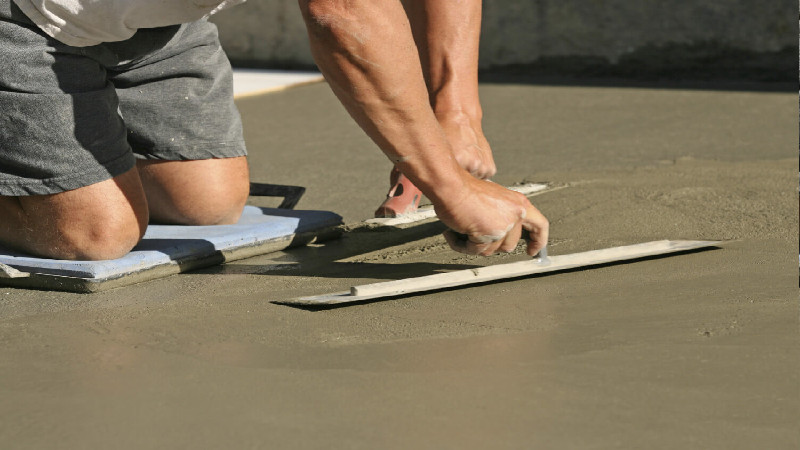Mohair upholstery uses yarn and other fabric made of hair extracted from angora goats. This hair is primarily made up of keratin, which is described as having a silk feeling. Like many other forms of upholstery, mohair upholstery has its own advantages and disadvantages. It also requires special cleaning.
Background
The 16th century saw the introduction off the word mohair into the English language. The word is derived from the Arabic language. It comes from mukhayyer, which is a type of cloth made of hair that is common to Arabian textiles.
As previously mentioned, the yarn and other fabric that makes up mohair are derived from the hair of Angora goats. Angora goats are native to the country of Turkey, where they are frequently raised for use in the dairy and textile industries. They are highly valued because they are prone to sickness and bacteria. This can make them difficult to raise.
Advantages and Disadvantages
Mohair upholstery offers several benefits. Like many textiles, it meets guidelines for non-flammability. However, mohair is also durable, light, absorbent, washable, and insulating. It also can extract moisture. Another benefit of mohair is that it responds well to dyeing processes, meaning you have more options for upholstery.
Mohair upholstery offers several benefits. However, is also one potential disadvantage that comes along with your decision to purchase mohair for use in your home or business. While mohair is very soft, it can be a skin irritant to some individuals. Unlike clothing, upholstery cannot be lined with silk or cotton to alleviate irritant symptoms.
The Cleaning Process
To clean properly your mohair upholstery, you will need a leather cloth, vacuum with brush attachment, and hard clothing brush. There are three separate steps to cleaning mohair, each using one of these tools.
First, you will use a hard clothes brush. This brush will have hard bristles that remove lint from clothing. As you brush, be sure to work in the same way that the mohair flows. This removes small particles of debris and hair that will be trapped inside your mohair upholstery.
The next tool you need to use is the vacuum. Be sure your vacuum has a nozzle attachment featuring soft bristles. This is usually attached to the end of the extension. As you vacuum, move in the same direction as the mohair. This allows you to vacuum up the dirt and debris that you loosened in step 1.
For the final step, you will need to use the leather cloth. Thoroughly wet the leather cloth with water. Then, wring it out until your cloth is only damp. Rub the mohair in a circular motion, following the direction of the mohair. This will rejuvenate your mohair upholstery.



